The term “they don’t make them like they used to” perfectly encapsulates TV shows nowadays. While dozens of new shows release every year and gain traction, they simply don’t feel the same as the classics.
Timeless classics that never get old
Unlike shows released recently, series from the early 2000s are timeless. Many are still relevant 20 years after being made, despite the fact that they are from another generation. While some of the newer shows like Outer Banks, The Summer I Turned Pretty, and Stranger Things are popular, they don’t have the same lasting effect that older shows do. The patterns and themes in 2000s shows reflect the culture of that time and include references to the fashion and language used during that era. Shows like The O.C. highlight fashion trends, like low-rise jeans, and popular styles. Early 2000s shows give a glimpse into the past for the younger generation, while fostering a sense of nostalgia for older generations.
While production may think incorporating specific time-dependent references is important, that’s not always the case. Slang is a common feature in modern TV shows, used to connect with the audience. While it may be entertaining for some audience members to see familiar slang in the TV shows that they watch, I find it a cheap and cringeworthy attempt for the writers to relate to the new generation. Unlike 2000s shows, these modern TV shows likely won’t last as long in television as a whole because of their reliance on trending events and slang. This is present in shows like Ginny & Georgia, where there is a need for connection with teenagers. It confuses viewers who don’t get the references to new words, like “rizz,” which was the Oxford Word of the Year in 2023. The production companies notice this and add these words to their shows to connect better, but inevitably just confuse their viewers.
While the leads in shows nowadays may be impressive, they don’t give the same heartthrob effect that those from older shows do. Actors are no longer the main draw to these shows that they were before. Actors such as Jennifer Aniston, Chad Michael Murray, and Amy Poehler, who were featured in numerous shows of the early 2000s, are a staple of entertainment during that time. In the past, the anticipation of going to the theater, rather than just watching them on a streaming app, raised the excitement and buzz about the actors they loved and felt like they knew so well. After seeing them in so many things, the audience would look forward to the next time they would see their favorite actors on the big screen.
Quantity vs quality
While some may say that quality is better than quantity, with TV, that isn’t the case. Older shows have shown us that it’s possible to have both. Shows from the early 2000s era, such as One Tree Hill, NCIS, Gossip Girl, and Grey’s Anatomy, had six to 20 seasons, but were able to maintain the same high quality throughout. These shows often had 20 to 30 episodes per season, each episode was 40 to 50 minutes long, and new seasons were released less than a year after the last. Shows nowadays, such as Ginny & Georgia, Outer Banks, and Never Have I Ever, typically consist of one to three seasons, each with eight 30-minute episodes. These series can take from one to three years to release a new season.
Longer episodes and seasons allow series to experiment with their storylines and focus on developing individual characters in more detail. As a result, the viewer can connect more with the characters and events happening in the shows. Without these extra episodes, the newer shows lack that same immersive journey.
Perhaps shows nowadays are shorter because consumers’ attention spans have decreased over time. According to a study conducted by Microsoft, in 2000, the average human attention span was 12 seconds, but by 2015, it had dropped to 8.25 seconds. Constantly being surrounded by media and information can be a reason for the development of shorter attention spans. With so much information available at any time, consumers may become bored with watching longer series and waiting for shows to be released. If viewers get bored after eight seconds, production companies might see it as a reason to shorten their shows to keep their viewers engaged. Although this can be thought of as a good reason to shorten shows, I believe that production companies shouldn’t focus on people’s attention spans as a reason to have shorter shows. If the viewers are going to sit and watch a shorter show with eight episodes, I don’t see why, at that point, they aren’t already invested enough to watch the longer series.
Something for everyone
Shows from the early 2000s have something for everyone. There are a variety of shows in different genres, with sitcoms like Modern Family, The Office, Friends, and The Simpsons; dramas like The O.C., Friday Night Lights, Pretty Little Liars, Dawson’s Creek, Gilmore Girls, and 90210; fantasy shows like The Vampire Diaries and Supernatural; and crime shows like Bones, Veronica Mars, NCIS, and Criminal Minds.
With shows now, there is less diversity and fewer genres to choose from. Current show creators are too focused on what will appeal to their audience, instead of just making quality shows. They may notice that some viewers enjoy teen dramas, but this leads to an overflow of teen shows, and fewer sit-coms or sci-fi shows are made. By having less of a variety, people are drawn to rewatching the shows that they know and love from the early 2000s, where they know that there is an option for them.
Whether you like comedies, dramas, romance, or thrillers, I think that we can all agree that the entertainment from the early 2000s is superior to what’s made now.


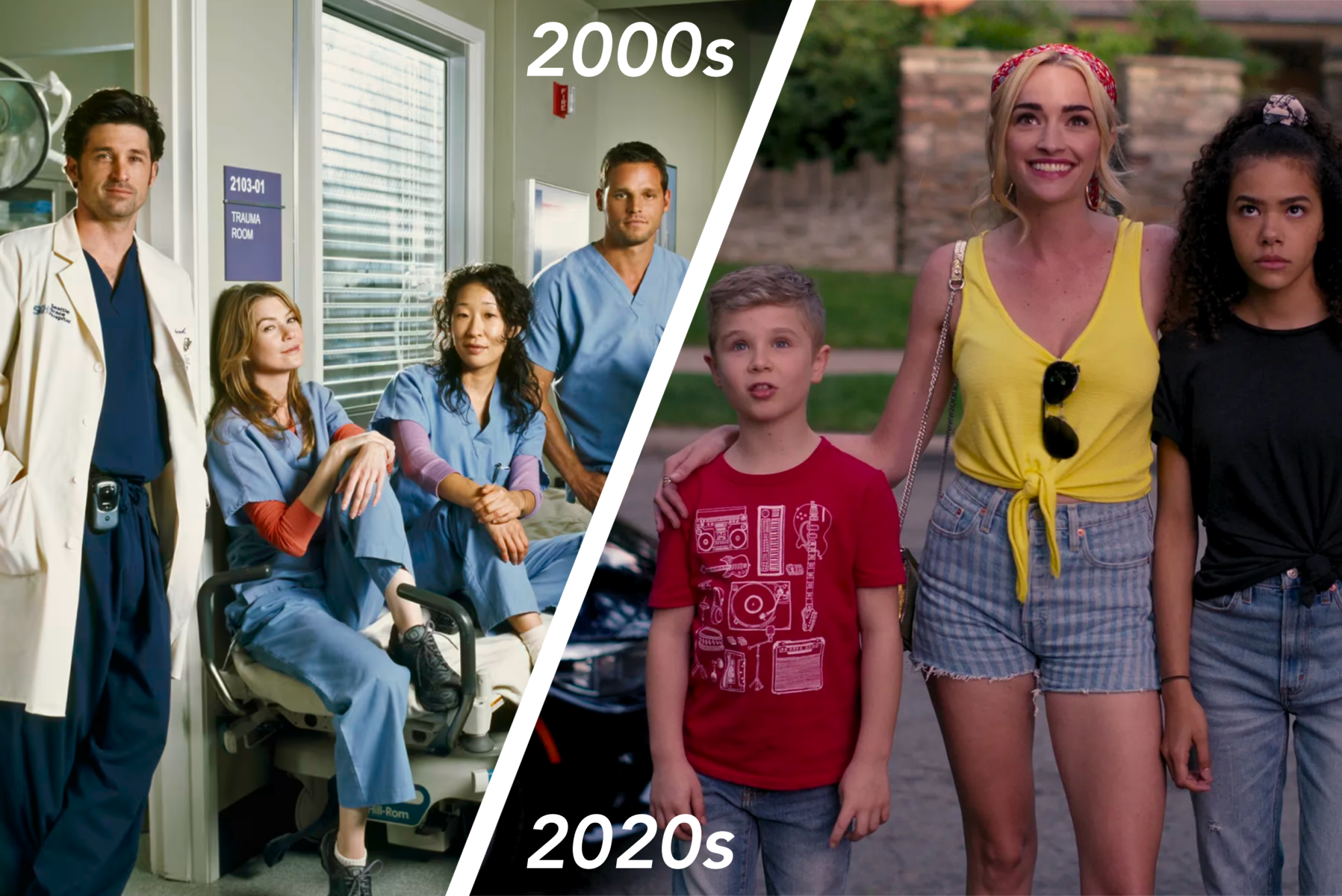

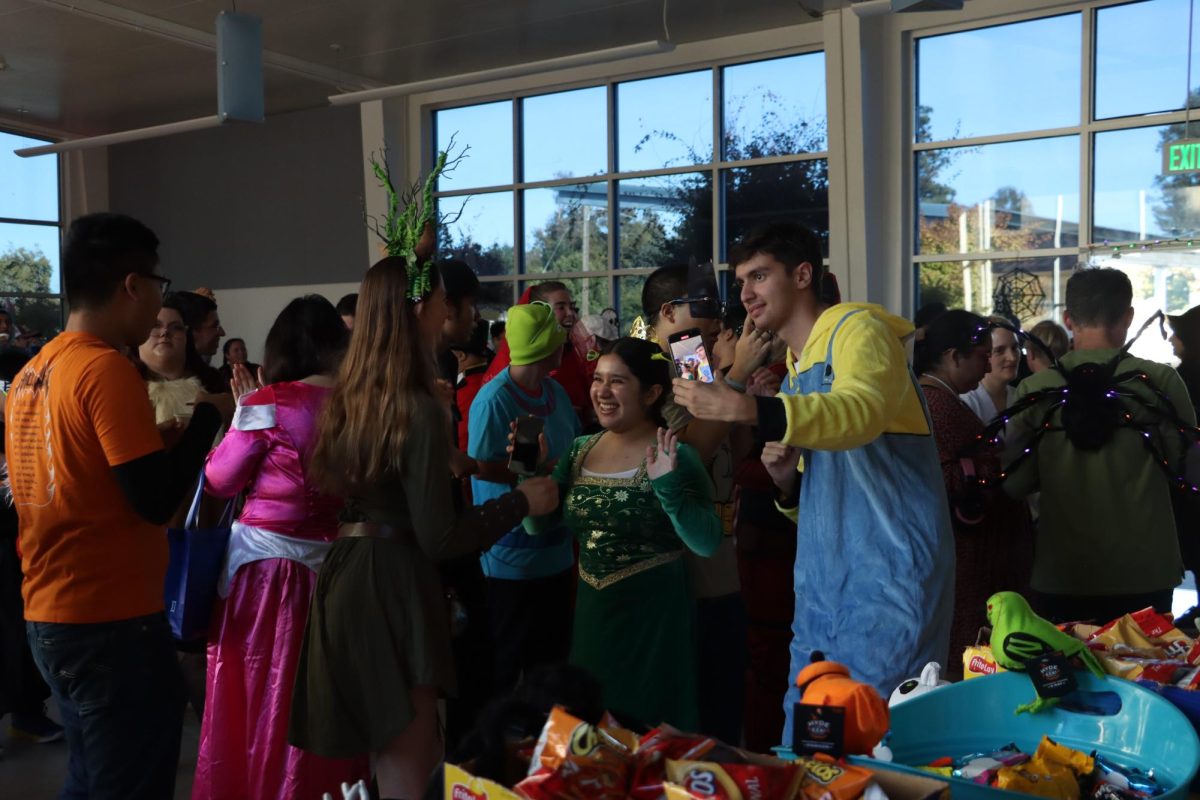
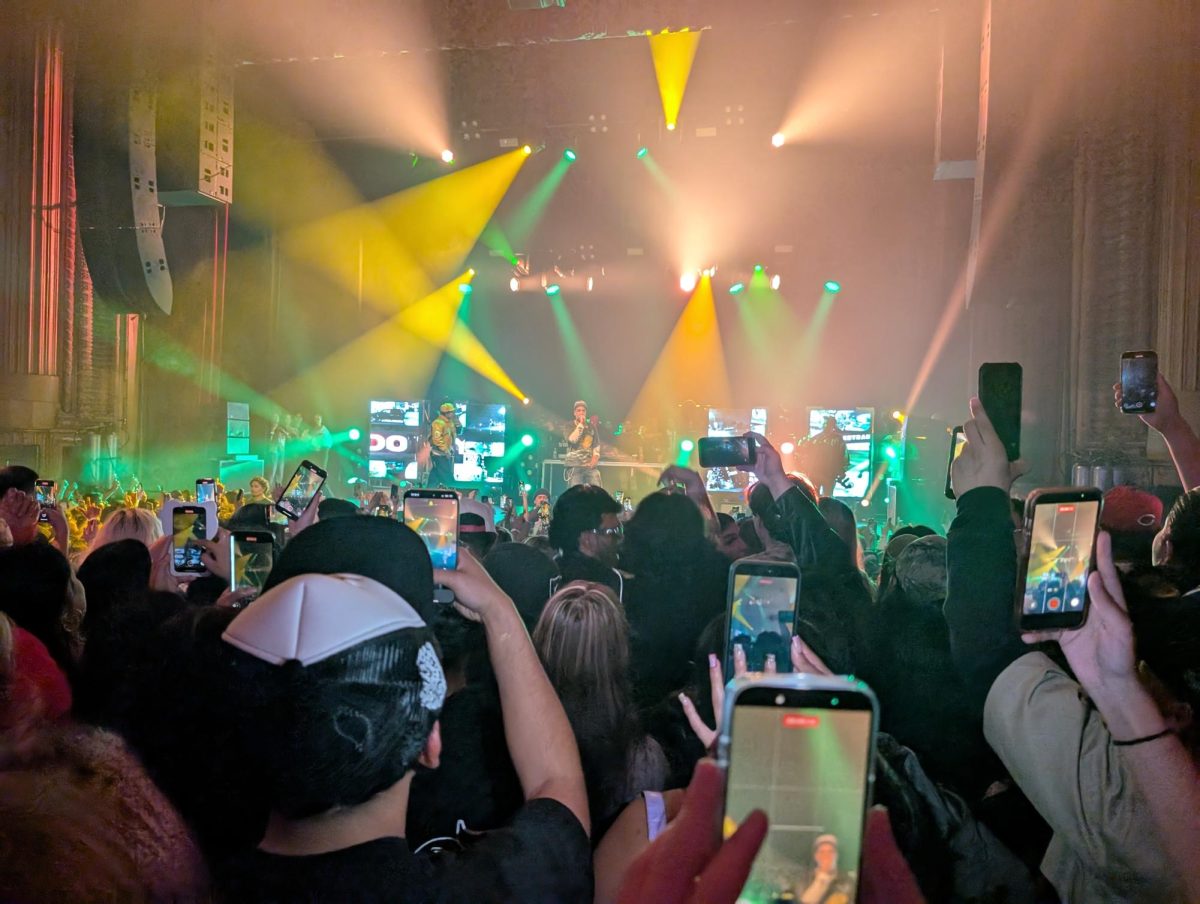

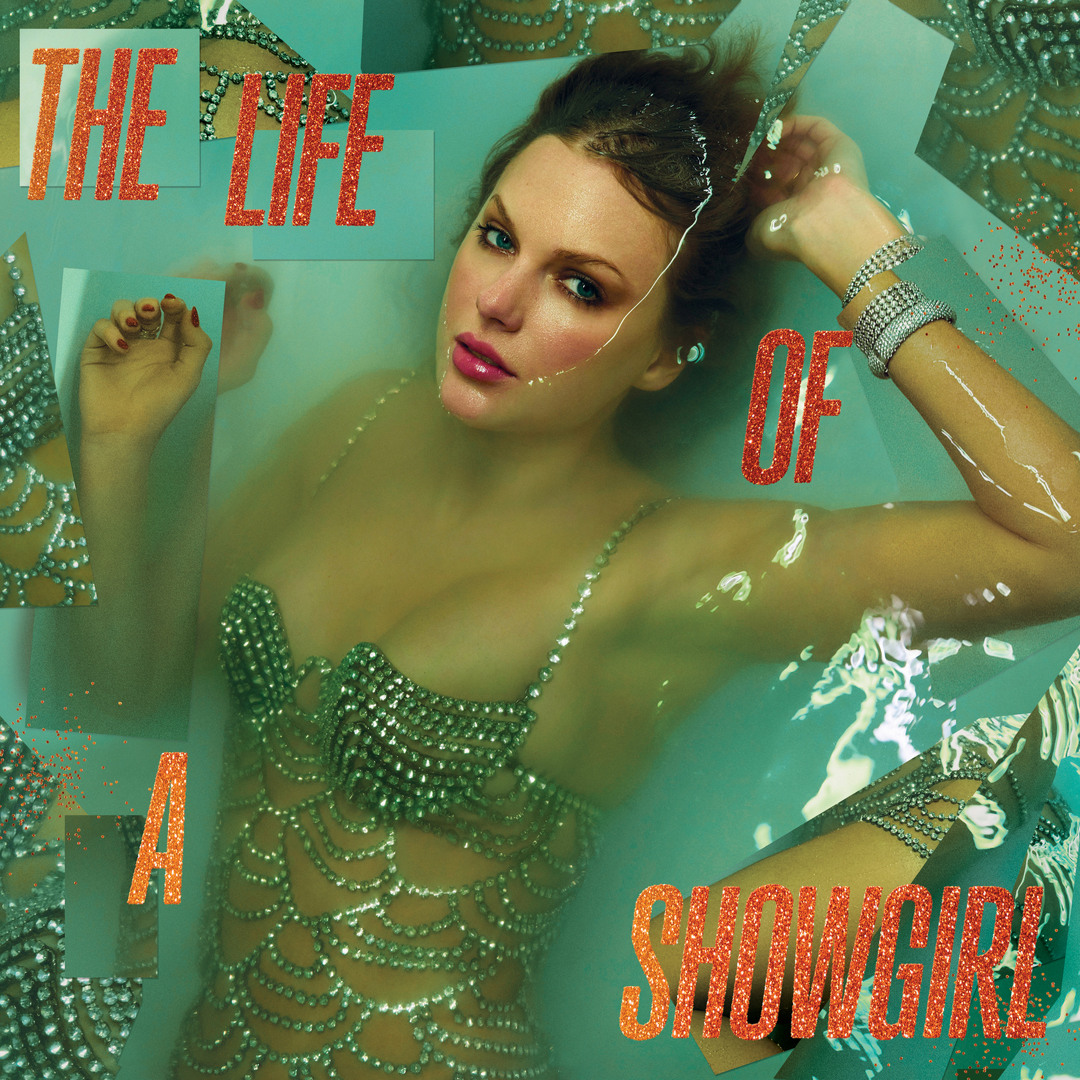
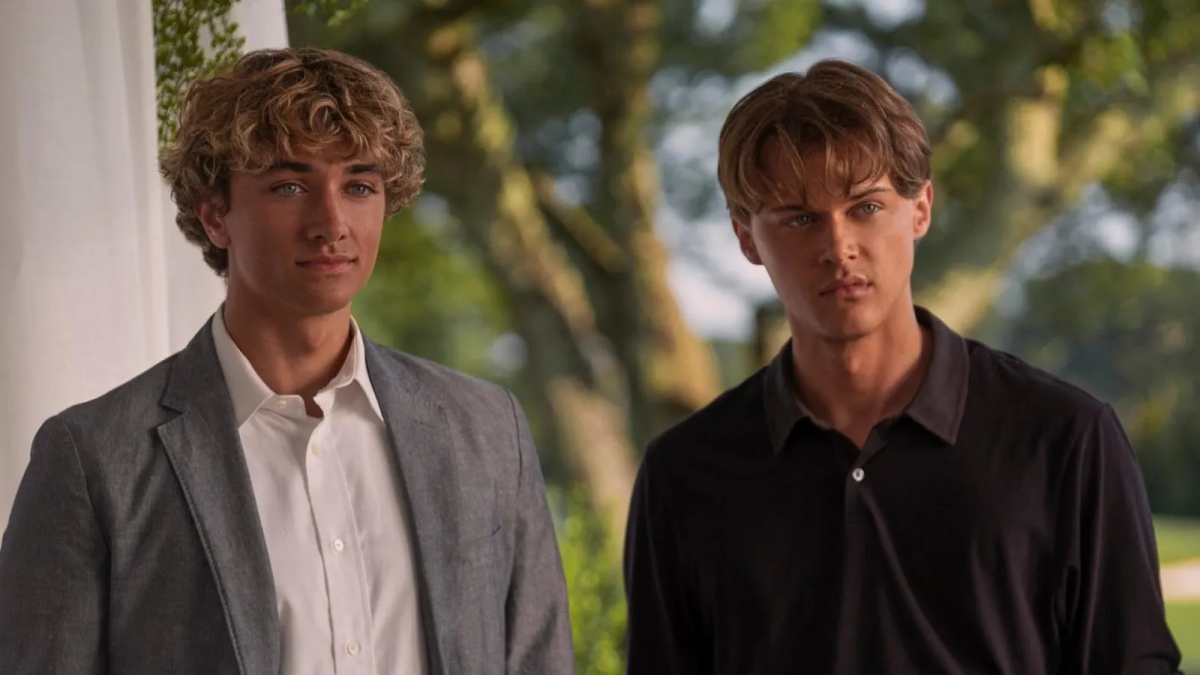


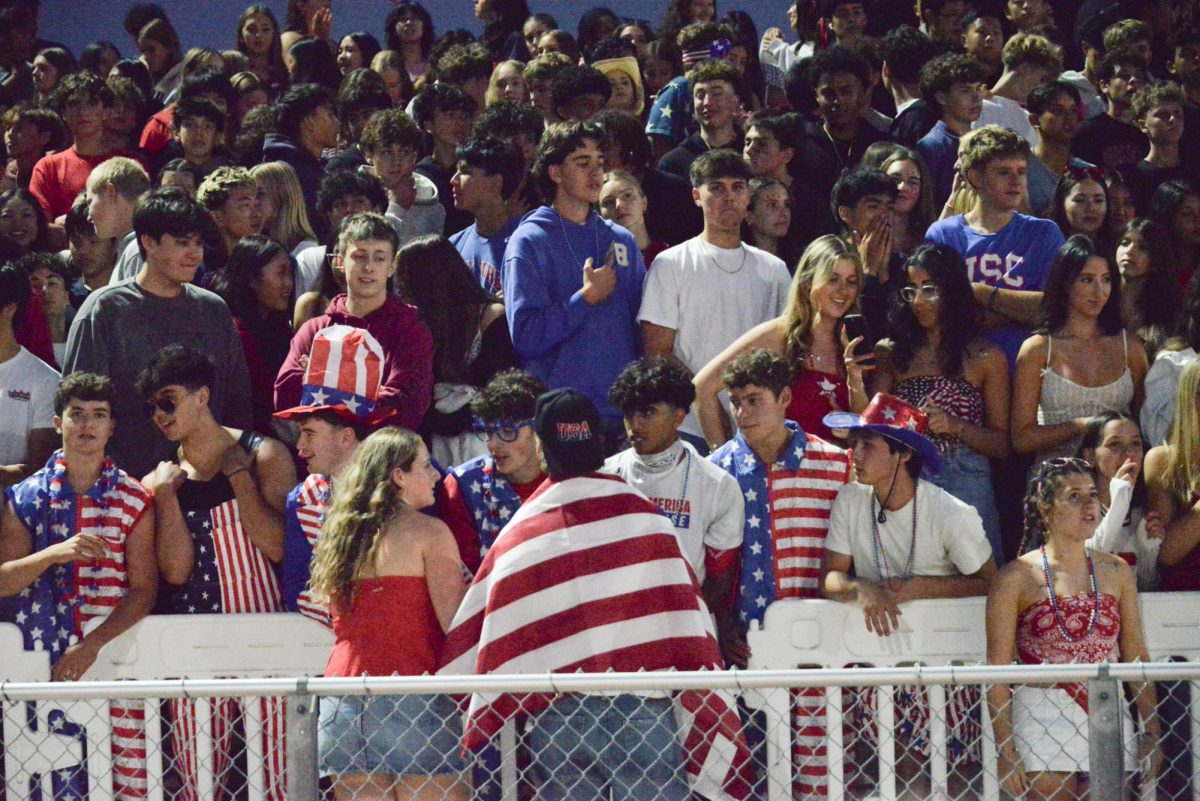
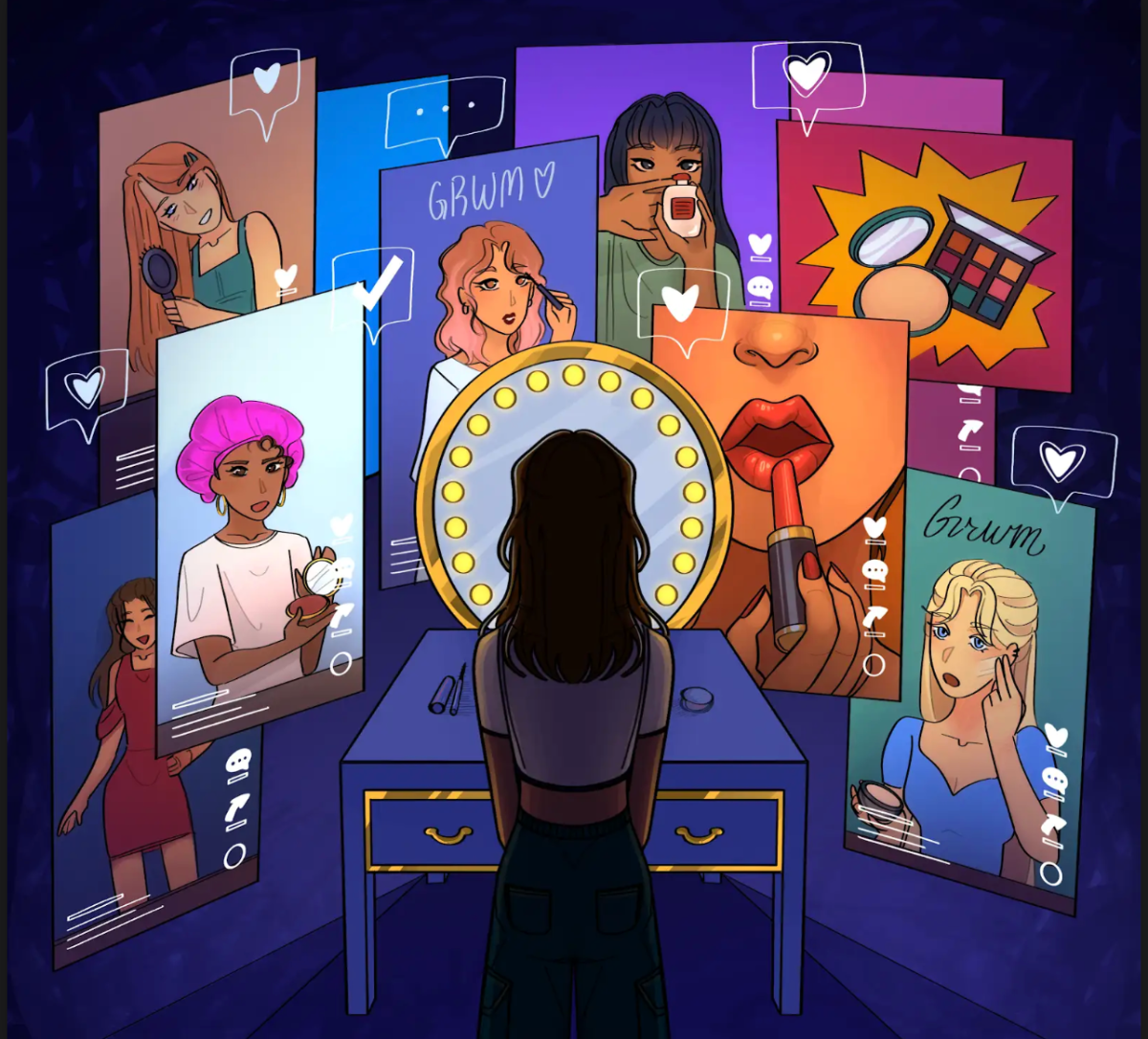

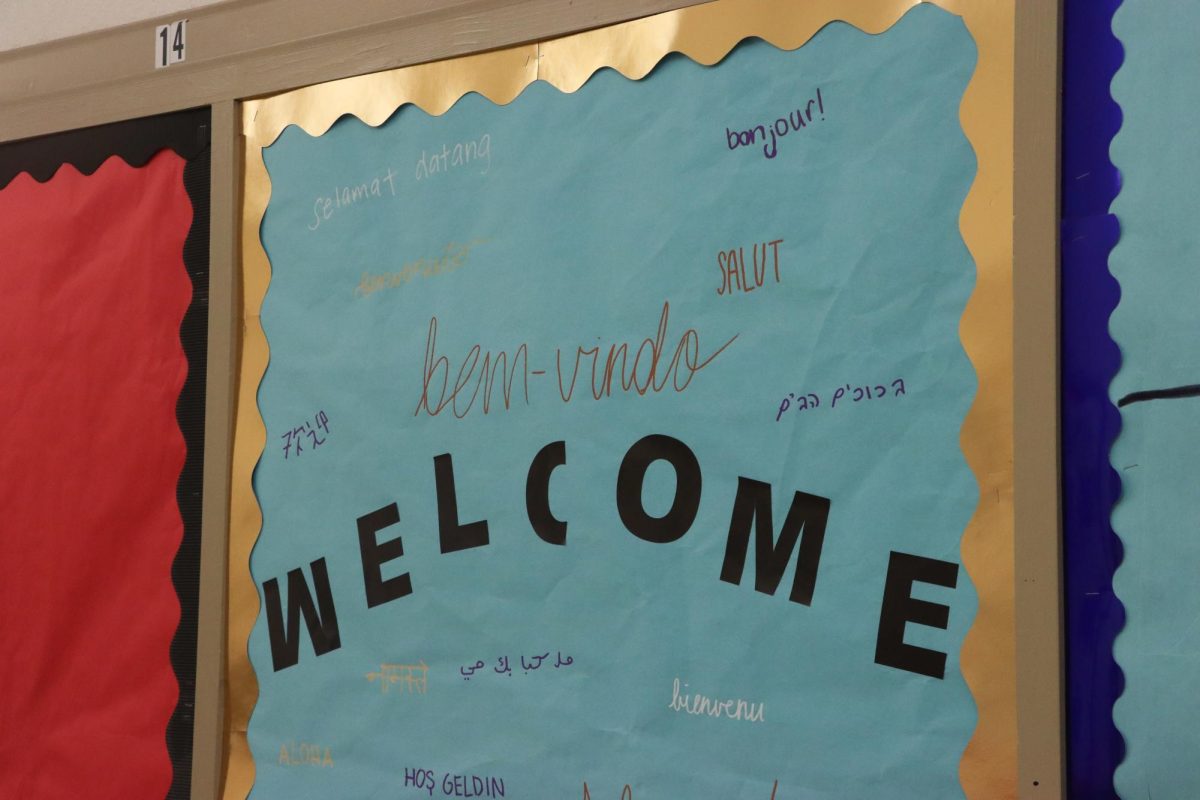
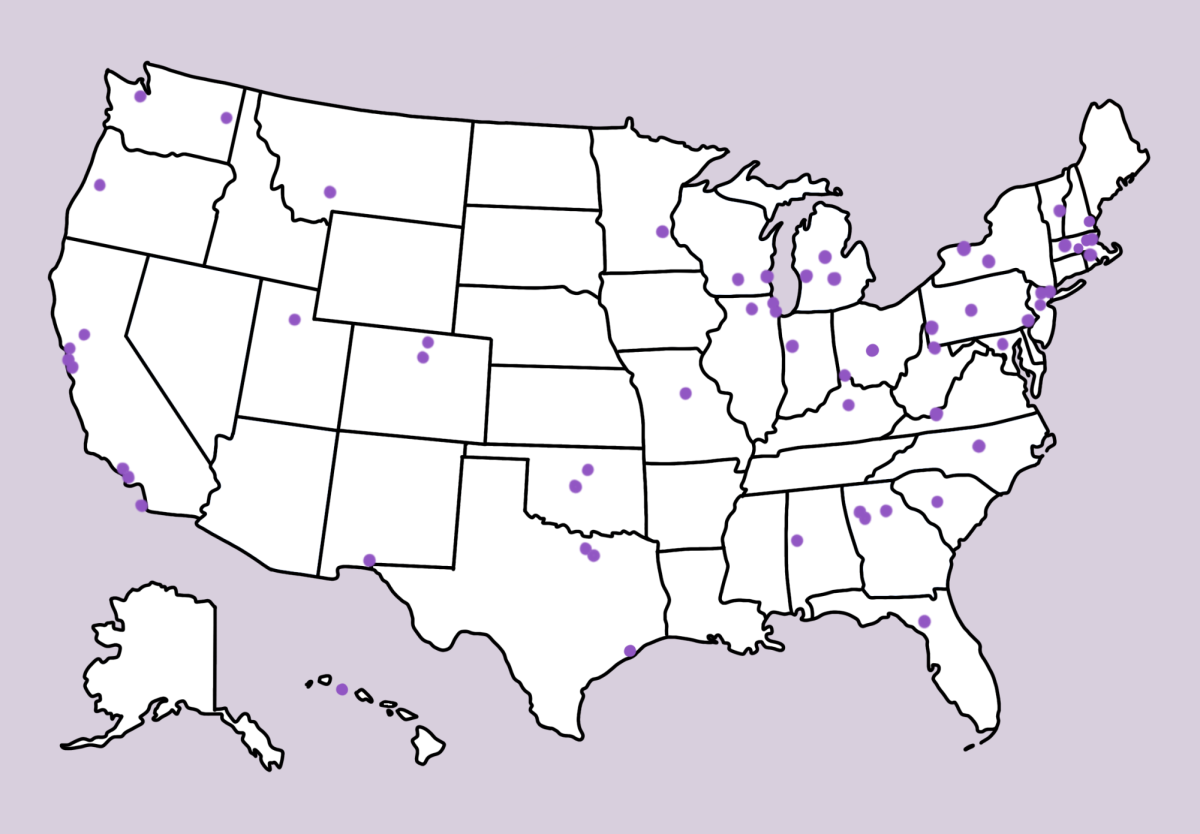

Nicole Austin • Sep 9, 2025 at 5:44 pm
I thought this piece was really well written and spot on. I’ve also noticed that many shows these days lack diversity and tend to be quite similar. Even with “The Summer I Turned Pretty” coming out and all the discussions surrounding it, it doesn’t seem to have the same impact as shows from the early 2000s. I believe it would have been of better quality if it had been made during that time.